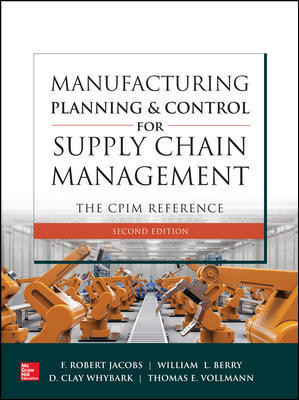
Sometimes the same concept is good in one situation, and the opposite in another.
For example, high-speed is essential when manufacturing car parts, yet less desirable when driving that car as high speeds may lead to traffic tickets.
And in the time that it took you to read that last sentence, a plant somewhere made a surprisingly high number of candies. Of course, eating those candies at high speeds is another thing entirely, proving that slow is a good thing in some cases-witness the Slow Food movement-but not when unexpected developments slow a product’s time to market. Thus, in many applications, high-speed sensors are crucial in examining parts.
Speedy recoveries do have a universal appeal though, whether in terms of a broken bone or a bruised economy.
And I’m happy to say, according to a report published by IMS Research (Wellingborough, United Kingdom), a recovery is on its way. The worst of the recession seems to be over for machine vision, and the report predicts a steady recovery. As machine vision, like the rest of the economy, gets going again, we will be here to cover it.
And there have been no shortage of machine vision applications out there; the range of applications continues to amaze.
Besides the typical ones of aiding quality in manufacturing, I’ve read about some interesting applications lately-fingerprinting, railroads, pigs.
The application photos for that last one were a little out of the ordinary-maybe it’s just me, but I hadn’t previously seen point clouds for the rears of pig carcasses. In case you were wondering, I will spoil it for you now: the pages of Vision & Sensors do not include further pig references.
However, this month we do bring you a variety of other, nonporcine applications. If you are interested in camera interfaces, this issue discusses the choices available today, as well as machine vision software applications. We also delve into color vision, flexible automation and medical imaging.
But the food production application did remind me that machine vision may lurk behind the scenes for many common products, even those you wouldn’t expect (Here’s looking at you, Pig). The products we use every day seem much more complicated when examining where they came from and how they reached you.
Instead of pondering how a product made its way to you, sometimes it is necessary to go out and examine the world around you. Some of you may be looking at this issue at the Automated Imaging Association’s Vision Show, which returns to Boston May 25 to 27.
And later this year, Vision 2010 will be in Stuttgart, Germany, November 4 to 6. If, like me, you have mastered about five words of German-one of them being morgenmuffel-now’s your chance to practice. (For example, if you are feeling a little sluggish when the show opens, simply explain, “Sorry, I’m a bit of a morgenmuffel.”)
As you can see, Vision & Sensors is a font of knowledge. If you would like to learn more about using machine vision, or perhaps four more words of German, all you have to do is ask.

